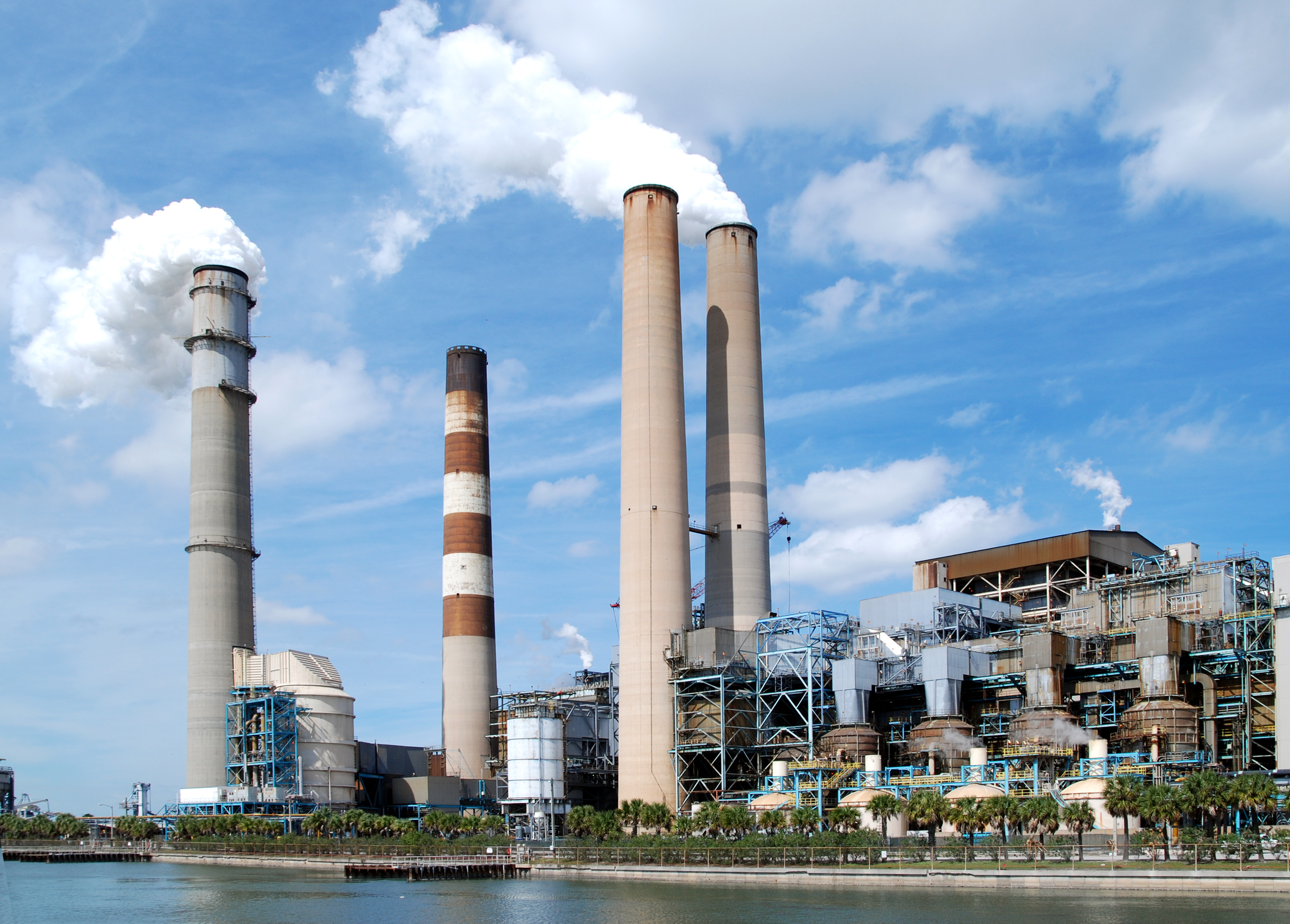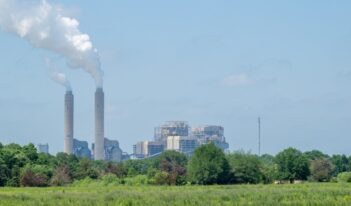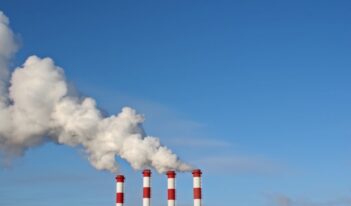
Scholars argue that environmental laws improve air quality despite increases in U.S. manufacturing output.
Economic growth and environmental improvement are often seen as competing policy goals. However, throughout the last few decades, U.S. air quality has improved despite an overall increase in manufacturing output. What, then, is responsible for enhancing air quality during a period of industrial expansion?
According to a recent study released by the Cowles Foundation for Research in Economics at Yale University, the key to understanding this paradox is regulation. The study’s authors, Professors Joseph Shapiro of Yale University and Reed Walker of the University of California, Berkeley, argue that changes in environmental regulation beginning in 1990 account for most of the emissions reductions seen over the following 20 years.
Using an economic model, Shapiro and Walker analyze several different factors that may affect U.S. manufacturing air pollution emissions: foreign competitiveness, domestic productivity, consumer expenditures, and environmental regulation. Shapiro and Walker find that only one factor, environmental regulation, closely approximated the observed 60 percent decrease in manufacturing emissions from 1990 to 2008, a period during which manufacturing output increased by 33 percent.
In addressing this apparent paradox, Shapiro and Walker focus on the Clean Air Act, which underwent significant amendment in 1990. Using data provided by the U.S. Census Bureau and the U.S. Environmental Protection Agency (EPA), Shapiro and Walker note that manufacturers’ pollution control expenditures increased after 1990 as they sought to comply with the new requirements in the amendments.
The 1990 amendments to the Clean Air Act require both states and the federal government to make further progress in reducing emissions of so-called “criteria” air pollutants, the six primary air pollutants EPA regulates.
To quantify the effects of these heightened environmental regulations, Shapiro and Walker view their impact as a “tax” on pollution. According to their paper, in order to comply with state and federal regulations, manufacturers must make expenditures to create or buy technology that reduces air pollution emissions.
By investing more capital in pollution control technology, Shapiro and Walker argue, businesses had the capacity to produce more output while emitting fewer pollutants. Accordingly, this observation explains most of the air pollution reduction observed from 1990 to 2008.
To demonstrate the effectiveness of EPA’s Clean Air Act regulations, Shapiro and Walker also modeled carbon dioxide (CO2), an air pollutant that EPA did not regulate during the study’s time period.
EPA and Census data show that there was nearly no regulation of CO2 from 1990 to 2008. In addition, CO2 emissions did not noticeably change during this time period. Shapiro and Walker suggest that this finding, when compared to the observed emissions decreases for the six regulated air pollutants, strengthens the assertion that the presence of regulation has a meaningful impact on emissions reductions.
On the other hand, researchers have noted that other factors may explain emissions reductions during periods of economic prosperity. For example, Georgetown University economist Arik Levinson posits that changes in the composition of goods manufactured in the U.S. may explain how emissions can decline despite increased manufacturing output.
For instance, Levinson suggests that if paper manufacturers shift from producing pulp to producing a less-polluting product like envelopes, overall output may increase with lower air emissions. Levinson proposes that such large-scale shifts in the compositions of manufactured goods, as opposed to regulations, may explain the trends EPA and the Census Bureau observed.
Levinson further argues that increased imports could be a factor leading to air pollution reductions. He suggests that manufacturers in the U.S. may have shifted to production of cleaner products because consumers can more cheaply import “dirtier” products from abroad. This change may contribute to structural changes in the U.S. economy that can explain national air quality improvements.
To address these arguments, Shapiro and Walker assert that they built flexibility into their model by using a statistical method that is typically applied to international trade studies.
By considering the various economic and regulatory forces that U.S. manufacturers faced from 1990 to 2008, they constructed their model to quantify how pollution would have changed under different scenarios.
Shapiro and Walker then manipulated the model to isolate regulatory impacts on output and pollution by controlling for economic changes like the ones Levinson discussed. The results, they contend, show with near certainty that environmental regulations drove the technological improvements that allowed for increased manufacturing output with decreased emissions.
In addition, Shapiro and Walker argue that increased production of pollution-intensive goods from foreign countries has not had a substantial impact on U.S. emissions reductions. They note, for example, that U.S. imports from China during the 1990-2008 periods were concentrated in low-skill sectors that tend to use cleaner, less pollution-generating processes.
By highlighting the effectiveness of EPA’s regulations under the Clean Air Act, the study by Shapiro and Walker demonstrates that regulators may be able to achieve environmental improvement without sacrificing economic prosperity.



